
| Lily Borer (one synonym : Noctua dominica Cramer, 1782) HADENINAE, NOCTUIDAE, NOCTUOIDEA | (donherbisonevans@yahoo.com) and Stella Crossley |
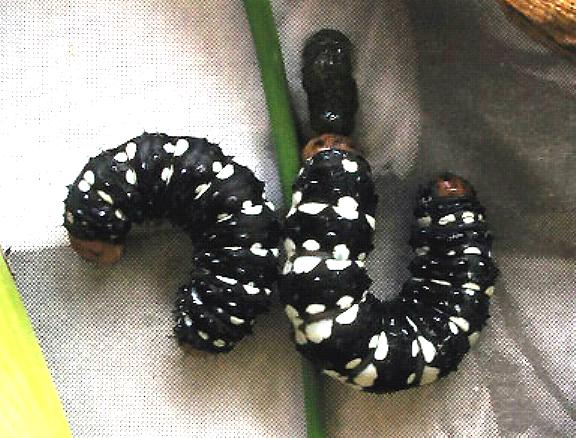
(Photo: courtesy of Glenda Rode-Bramanis, Bli Bli, Queensland)

| Lily Borer (one synonym : Noctua dominica Cramer, 1782) HADENINAE, NOCTUIDAE, NOCTUOIDEA | (donherbisonevans@yahoo.com) and Stella Crossley |

(Photo: courtesy of Glenda Rode-Bramanis, Bli Bli, Queensland)
This caterpillar is black with white spots, with sparse black hairs.
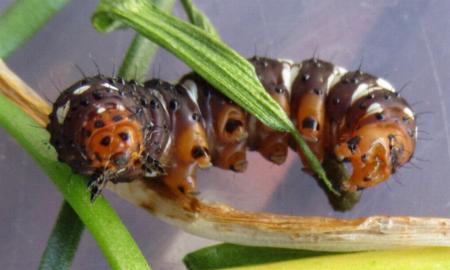
The head, tail segment, legs and underside generally are orange, with black spots.
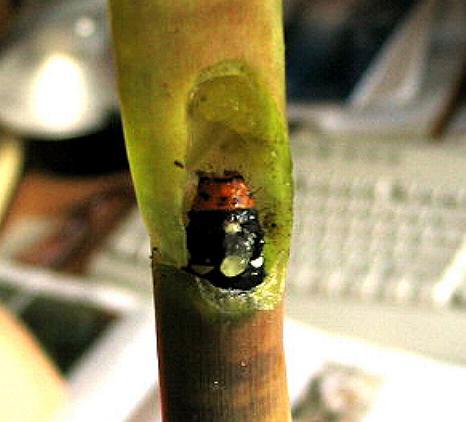
It feeds on various plants from the family AMARYLLIDACEAE, including :
as well as :
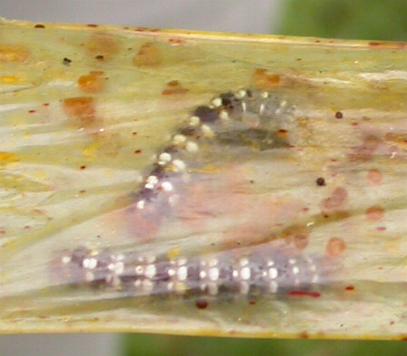
The caterpillar often bores into the stems, or eats the flesh inside the leaves staying inside the intact translucent epidermis. On average, a caterpillar has been reported to eat 240 square centimetres of leaf in its lifetime. The caterpillar grows to a length of about 5 cms.
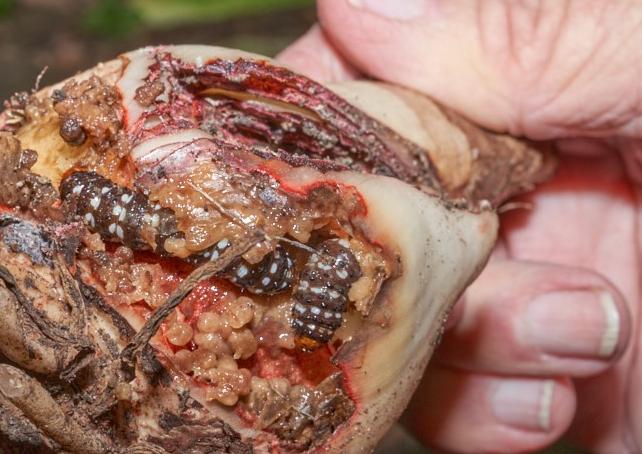
The pupa is formed naked underground.
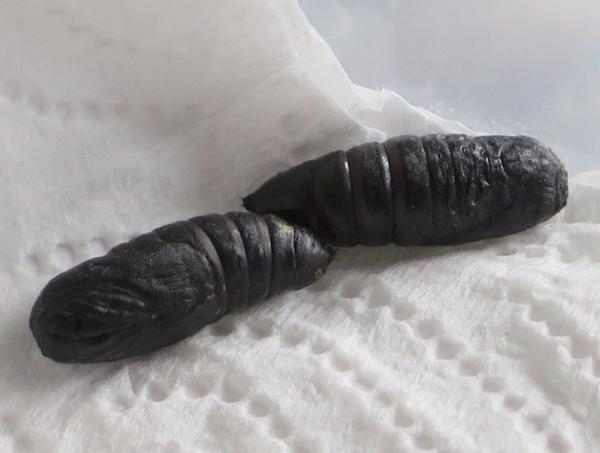
The adult moth has brown forewings each with subtle pattern, including a variable irregular pale grey dark-edged band across the middle, and a broad pale brown band along the hind margin. The hind wings are off-white, darkening toward the margins.
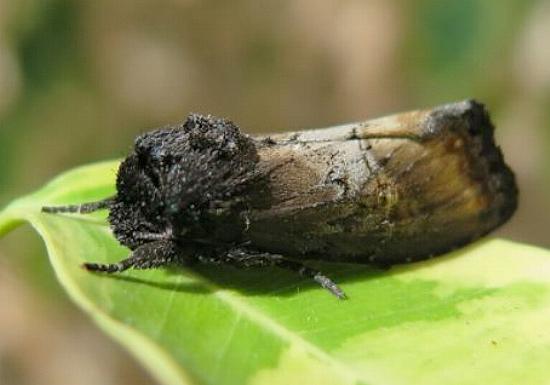
The wingspan is about 4 cms. The pheromones have been elucidated.
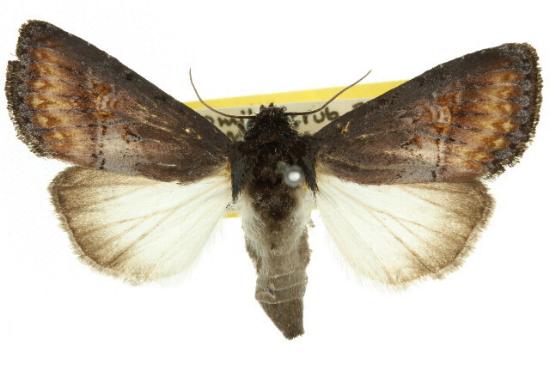
The eggs are pale yellow and spherical, and laid in regular arrays of about 40 on the leaf of a foodplant.
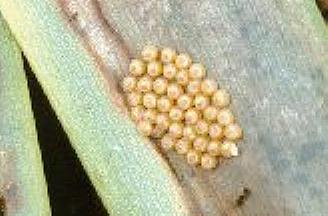
The species occurs in :
and also in Australia including:
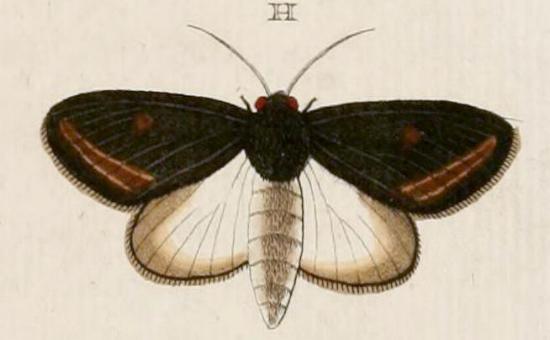
Further reading :
Ian F.B. Common,
Moths of Australia,
Melbourne University Press, 1990, fig. 49.18, p. 465.
Pieter Cramer,
Uitlandsche kapellen voorkomende in de drie waereld-deelen,
Amsterdam Baalde, Volume 4 (1782), p. 238, Fig. H, and also
Plate 399, fig. H..
Johan Christian Fabricius,
Historiae Natvralis Favtoribvs,
Systema Entomologiae,
1775, p. 587, No. 108.
Ron May,
Observations of moth and parasitoid,
Butterflies and Other Invertebrates Club,
Metamorphosis Australia,
Issue 62 (September 2011), pp. 13-14.
Ron May,
Brithys crini in Australia: from bush to suburbia,
Bulletin,
Entomological Society of Queensland,
Volume 28, Issue 4, 2000, pp. 73-76.
 caterpillar |  butterflies |  Lepidoptera |  moths |  caterpillar |
(updated 10 April 2011, 16 July 2024)